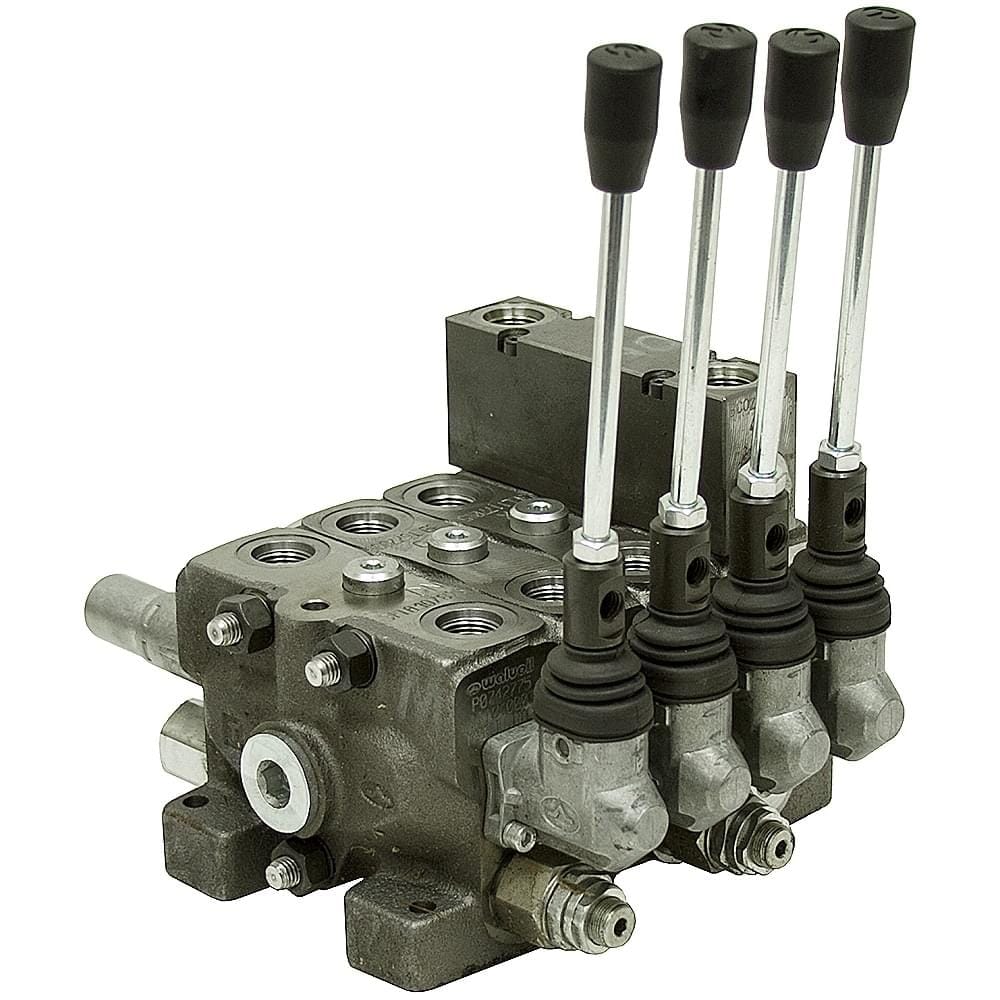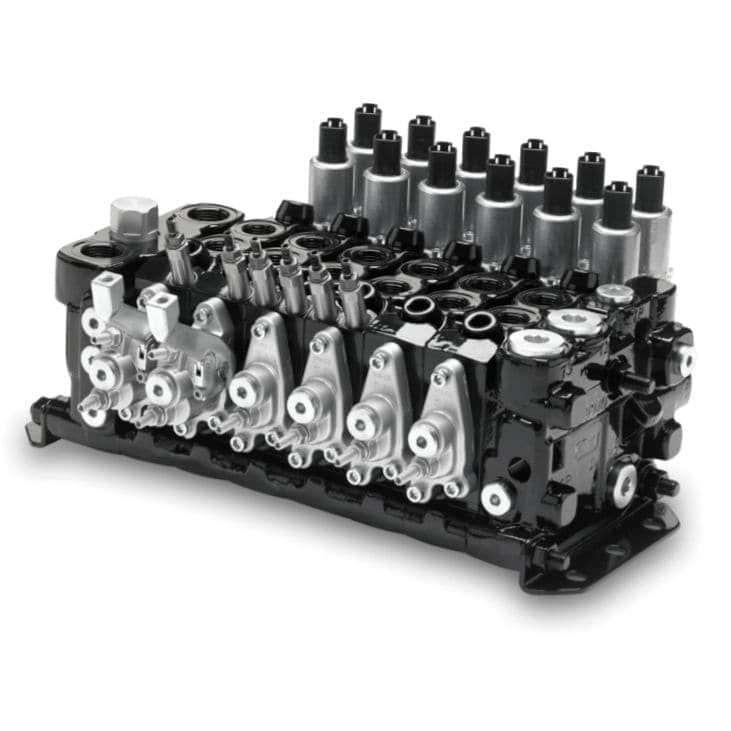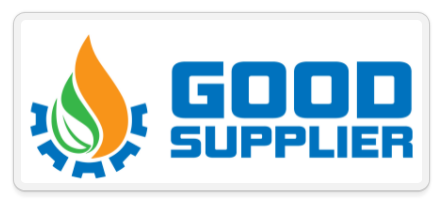Hydraulic Control Valve
Nowadays, hydraulic systems have a wide range of applications in our daily life. The typical applications of the hydraulic system perform lifting, holding, and gripping.
Hydraulic systems will transmit power using the pressure of incompressible fluids. In most cases, the liquid is taken from a reservoir using pumps.
These are simple, safe, and economic systems that can be controlled quickly and accurately. Providing constant force regardless of the speed is an advantage of the hydraulic system.
What is a hydraulic valve, and why do you need it?
A hydraulic valve appropriately directs the flow of a liquid medium, usually oil, through your hydraulic system. The position of a spool determines the direction of the oil flow.
A hydraulic system can only function – as per requirements – by using valves. Thus, you should always look for the correct type of hydraulic valve to serve your intended purpose.
The required size is determined by the maximum flow of the hydraulic system through the valve and the maximum system pressure.
Hydraulic valves are available in a variety of sizes and according to multiple International Standards.
In addition, hydraulic valves are available with many different mounting styles: e.g., mounting in pipelines, threaded connection as cartridge valves, subplate mounting, or flanged mounting.
Hydraulic valves are available in various styles, including many familiar to other types of valves, such as ball, butterfly, bypass relief, check, needle, diverter, regulating pilot-operated, proportional, and directional.
Product Description
From a broad perspective, these hydraulic valves may be characterized as being of three primary types which are:
⦿ Hydraulic Pressure Control Valves
⦿ Hydraulic Flow Control Valves
⦿ Hydraulic Directional Control Valves
Hydraulic pressure control valves regulate the fluid pressure passing through hydraulic systems to maintain that pressure at desired levels as determined by the system operator. Liquid systems are typically designed for operation at a set range of forces.
These types of valves serve a crucial role in preventing rises in pressure that may result in leaks of hydraulic fluid or the bursting of pipes and tubing. They are also used to maintain a set pressure in a part of a hydraulic circuit.

Product features
Hydraulic flow control valves adjust the hydraulic fluid flow rate in a hydraulic system. These valves have a port that can be adjusted so that the flow area may be changed to alter the flow rate through the valve.
An example of how this type of hydraulic valve would be used is in control circuits for devices such as cylinders, motors, or actuators. The speed of motion of these devices is a direct function of flow rate – reducing the flow rate reduces the speed of their operation and vice versa.
Hydraulic directional control valves are used to route hydraulic fluid in a circuit or system to various devices as needed. For example, they shift between discrete positions such as extend, retract, or neutral functions for controlling a hydraulic cylinder.
They can also change into intermediate states to maintain an actuator’s speed, direction, or acceleration.

A simple form of the discrete hydraulic directional control valve is a binary valve, which either blocks or passes fluid flow. Check valves are an example and use a plunger, ball, or poppet to seal against a seat when fluid attempts to give in the opposite direction of flow from what is desired.
Get in contact with us NOW to have the best quality of good and reliable parts for the choke and industrial valves in the industry! The only place where HIGH QUALITY and SPEED OF DELIVERY meets LOWER PRICES!
